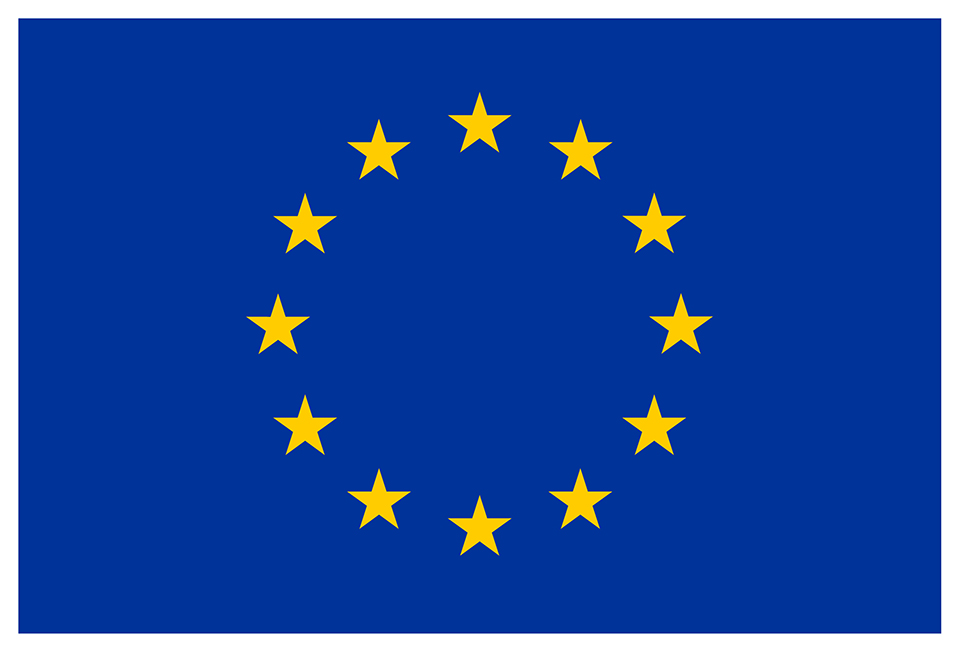The European Union supports the transformation of global ocean data through the Copernicus Satellite component (ESA, Eumetsat) and through networks of in-situ data producers/aggregators:
The European Union’s Copernicus Marine Service, provides free, open, regular and systematic reference data products on the blue (physical), white (sea ice), and green (biogeochemical) ocean state, variability and dynamics across the global ocean and European regional seas.
The Marine Service’s Thematic Data Assembly Centres (TACs) rely on a network of European data producers. The TACs process data acquired from satellite ground segments and in situ platforms, and a combination of satellite and in situ observations into real-time (today) and reprocessed (20 years historic) products. There are 8 TACs:
- Sea Ice TAC (multi-mission satellite data products)
- Surface Wind TAC (satellite data products)
- Sea Level TAC (satellite data products)
- In Situ TAC (In situ temperature, salinity, currents and other variables)
- Ocean Colour TAC (Satellite data products)
- Sea Surface Temperature TAC (primarily satellite data products)
- Wave TAC (satellite data products)
- Multi Observations TAC (providing products at global scale derived from the combination of two or more different sensors, satellite and in-situ, and using state-of-the-art data fusion)
The data products from the TACs are made available through the Copernicus Marine Portal via the product catalogue.
The Marine Service also transforms data into visualisation tools (MyOcean viewer) to display ocean data in 4D on a live map and into other information products such as the Ocean State Report. This is a comprehensive annual analysis on changes and variations of global ocean and European regional seas over past decades, with contribution from more than 100 scientific experts.
Copernicus Marine Service is funded by the European Union and implemented by Mercator Ocean International, who has been operating the service since 2014.
The European Marine Observation and Data Network (EMODnet) is a network of over 120 organisations that collectively assemble, standardise, harmonise and integrate in situ marine data from diverse data providers across seven discipline-based themes: bathymetry, geology, sea habitats, chemistry, biology, physics, and human activities.
The EMODnet Central Portal offers a gateway to the wide range of data and added value data products e.g. basin-scale maps, some with predictive capability, for each theme.
EMODnet has a long-standing collaboration with the Copernicus Marine Service, both at the coordination level through Memoranda of Understanding, and at the operational level for data sharing, cross-validation and joint activities including joint workshops and use cases.
SeaDataNet is a major pan-European distributed infrastructure for managing, indexing and providing access to marine data sets and data products, acquired by in situ observations in European coastal marine waters, regional seas and the global ocean. More than 110 national oceanographic data centres and marine data centres from 35 countries are currently connected to the SeaDataNet, and SeaDataNet works to provide an integrated and harmonised overview and access to these data resources, using a distributed network approach.
SeaDataNet develops and adopts common communication standards and adapted technology to ensure the interoperability of the platforms constituted by the SeaDataNet data centres. The quality, compatibility and coherence of the data issuing from so many sources, is assured by the adoption of standardised methodologies for data checking, by dedicating part of the activities to training and preparation of synthesised regional and global statistical products from the most comprehensive in-situ data sets made available by the SeaDataNet partners.




